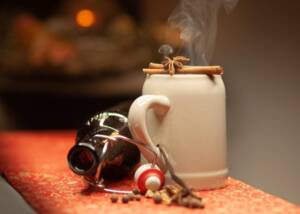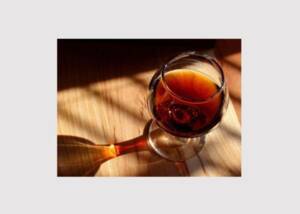Blümchenkaffee (Flower coffee)
News News blog
The term "Blümchenkaffee" (literally translates to "flower coffee") jokingly refers to a thinly brewed bean coffee or a substitute coffee.

The tableware set with the décor 'Gestreute Blümchen' (scattered flowers) by the Meissen Porcelain Manufactory was created around 1815 and was particularly popular during the Biedermeier period. The bottom of the coffee cup is decorated with a single flower in underglaze painting. The collector's cups still known today, which were also popular in the Biedermeier era, often had a motif (often a flower) on the bottom of the cup.
The usual interpretation of the word "Blümchenkaffee" (flower coffee) is that it refers to coffee that is brewed so thinly that you can see the flower at the bottom of the cup through the coffee.
The expression "Blümchenkaffee" was sometimes used pejoratively as a sign of stinginess, because coffee was still expensive at that time and was sold in the so-called colonial goods shops. So some hosts preferred to be economical with coffee and served thin "Blümchenkaffee."
According to another interpretation, however, the name goes back to the blue-flowered chicory, the roots of which were processed in large quantities into coffee substitute at the time of Frederick II's ban on coffee imports and during the Napoleonic Continental Blockade, i.e. coffee literally made from "flowers".
When chicory coffee was later replaced by malt coffee and the connection between coffee and chicory was lost, the meaning of the word "Blümchenkaffee" was probably transferred to the transparency of the beverage.










